#kelp forests
Text


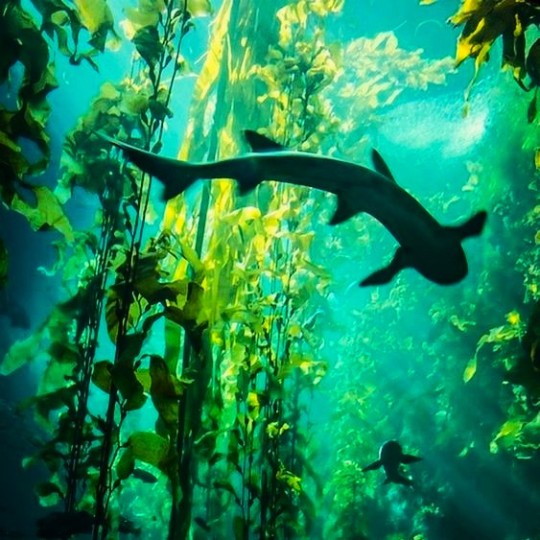
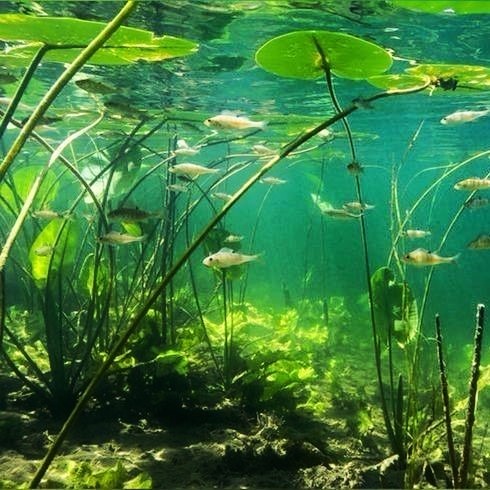
#naturecore#nature#aesthetic#scenery#watercore#ocean#ocean life#oceancore#explore#underwater#plants#kelp#photography#animals#fish#pond#lake#lily pads#water lily#underwater life#flora#kelp forests#sea life#adventure#sea animals#water plants#green#deep sea#water#waterscape
982 notes
·
View notes
Text
The unique underwater kelp forests that line the Pacific Coast support a varied ecosystem that was thought to have evolved along with the kelp over the past 14 million years.
But the new study shows that kelp flourished off the Northwest Coast more than 32 million years ago, long before the appearance of modern groups of marine mammals, sea urchins, birds, and bivalves that today call the forests home.
Continue Reading.
276 notes
·
View notes
Text



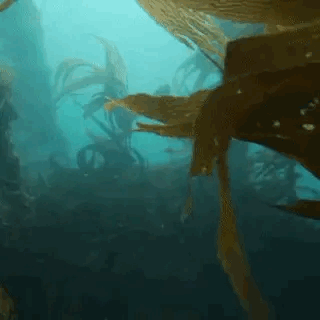

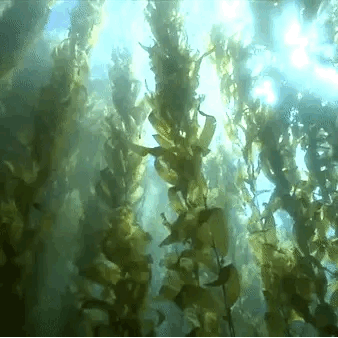



kelp forests & underwater structures centered around “what the water gave me” by florence & the machine for @kelpforrest!
🪸-🌊-🪸 / 🌊-🪸-🌊 / 🪸-🌊-🪸
#stim#stimboard#kelp forests#song stimboard#sfw#blue#green#brown#white#gray#grey#teal#black#coral reefs#fish#animals#sea creatures#people#underwater#water#hands#branches#flowers#underwater structures#shipwrecks#sunlight#what the water gave me#florence and the machine#requests
370 notes
·
View notes
Text

Sunlight Illuminates Undulating Kelp Forests in Underwater Photographs by Douglas Klug



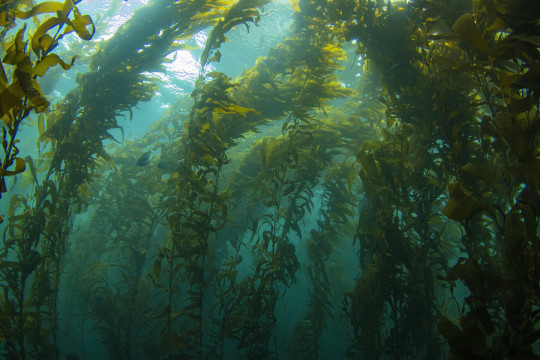
59 notes
·
View notes
Photo
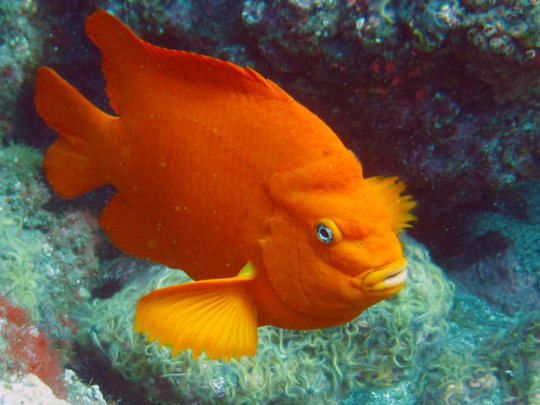


Always a Good Time with Garibaldi
Named after the famous Italian revolutionary, the garibaldi (Hypsypops rubicundus), also known as the marine goldfish or the catalina goldfish, is a species of damselfish found throughout the northeastern Pacific Ocean, particularly in kelp forests and rocky reefs along the North American coasts from central California in the US to Baja, Mexico.
H. rubicundus can grow to be over 38 cm (15 in) in length, making them the largest member of the damselfish family. Juveniles are red with blue spots, while adults are a vivid, solid orange. This color is what gives the garibaldi fish its name; the Italian Giuseppe Garibaldi and his followers were known for their red or orange shirts. Because they’re so brightly colored, marine goldfish might seem like easy targets for potential predators. However, garibaldi males are actually highly aggressive and will attack anything that enters their territory. The juvenile markings are similarly bright to advertise that they’re not there to pick a fight with older males.
Though males guard their territory year-round, mating only occurs from March to July. Males construct nests about 30 cm (12 in) across, removing all vegetation except for red algae. They then swim around their nest, displaying their fins and making loud clucking and grinding vocalizations. If a female is impressed, she deposits up to eggs 15,000 eggs in the nest, and the male fertilizes them. He then guards the eggs from almost-- including the mother, who may try to eat them. However, he does make exceptions for other females, especially as they are more likely to chose nests which already contain eggs. About three weeks after being laid, the eggs hatch and the young disperse. It takes them about five or six years to reach maturity, and individuals can live between 10 to 12 years.
The marine goldfish’s size and aggression wards off most predators, but larger animals like sharks, seals, and sea lions will hunt them on occasion. Younger individuals are also often targeted by sea birds like pelicans. Garibaldis themselves consume invertebrates, particularly sponges tubeworms, and nudibranchs, as well as algae. Despite their territoriality, H. rubicundus has also been known to gather in groups higher up in the water column; this may be a time for males to familiarize and for females to scout out potential mates.
If you like what I do, consider leaving a tip or buying me a ko-fi!
Photos
The US National Parks Service
Claire Fackler
Evan Barba
#garibaldi#Pomacentridae#damselfish#Ray-Finned Fish#bony fish#fish#marine fauna#kelp forests#coasts#pacific ocean#animal facts#biology#zoology
150 notes
·
View notes
Link
Before the fur trade drove them to near extinction, sea otters once roamed the waters of North America from Alaska to Baja California. Now a non-profit conservation group wants to see them brought back, and say the otters could help restore the region’s crucial but decimated kelp forests.The Center for Biological Diversity has petitioned the US Fish and Wildlife Service (USFWS) to reintroduce the furry mammals to a large swath of the west coast stretching from northern California to Oregon, pointing to the vital role otters play in the coastal ecosystem. ...
The animals help keep sea urchin populations in check, which is vital to protect kelp forests – in northern California, 95% of kelp forests have disappeared due to urchin barrens. Reintroduction of otters is necessary to bring the animals back to their historic US range, recover the threatened southern sea otter and restore important coastal ecosystems including kelp forests and seagrass beds, the Center for Biological Diversity wrote in its letter to the federal government. ...
“Bringing the sea otter back to the broader west coast would be an unparalleled conservation success story,” Kristin Carden, a former senior scientist at the center, said in a statement. “Not only would the sea otters thrive, but they would also help restore vital kelp forest and seagrass ecosystems.”
27 notes
·
View notes
Note
Howdy there!! If you feel comfortable sharing, what is your favorite portion of the ocean?
I love all parts of the ocean, but I’m especially fond of kelp forests!
They’re really pretty to look at, for one thing. And they’re home to lots of amazing animals: sea stars, leopard sharks, sea urchins, garbaldi fish, and my personal favorite: sea otters!
I’ve actually seen sea otters in the wild before!
Here’s some photos I took of them!
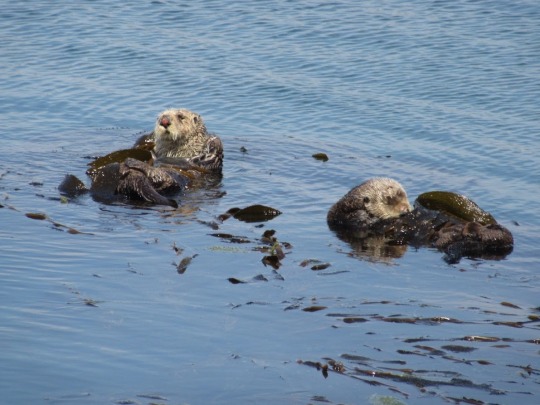
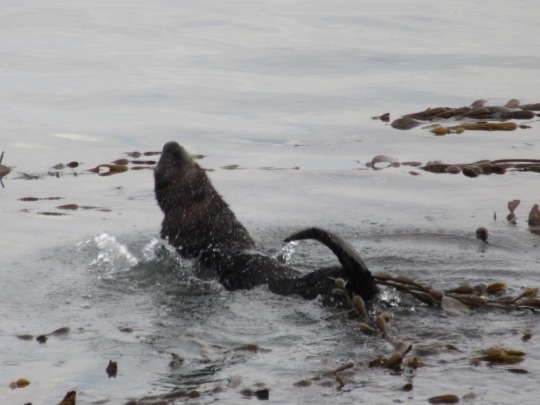

Best fishes,
Finch
12 notes
·
View notes
Text
mossy earth videos on yt give me hope that we might not all die in the imminent future and that the world may yet be saved
4 notes
·
View notes
Text
Researchers call it the “sea cow effect”: To save the kelp forests, read history
In findings published today in Frontiers in Ecology and Evolution, scientists from the California Academy of Sciences describe how one unassuming undulator, the Stellar’s sea cow, affected the kelp forests ringing North America’s Pacific coast before European visitors hunted it to extinction in the 1760s.
According to the authors, our tendency to assess ecosystems based on current and recent factors, which they call shifting baseline syndrome, may prevent us from seeing the big picture. Ecologically speaking, the sea cows were around until relatively recently, but because “relatively” here means “before scientific method came into its own,” they’ve been left out of most model.s
Much like how beavers create openings in the terrestrial canopy by damming streams to create lakes, the sea cow’s mighty megaherbivory cleared away the upper fronds of the kelp forests, allowing shafts of sunlight to pass through the otherwise photon-thirsty upper kelp into the marine understory and smaller plants, most significantly algae. The algae in turn provided food for other organisms.
Over the past few decades, California’s kelp forests have been dying off. Sea urchins have thrived in the area’s warming waters and have devoured the kelp plants, creating desolate stretches called urchin barrens. This may be due to human overhunting of their principal predators—sea otters. But unlike the Stellar’s sea cow, sea otters survived the European onslaught until the advent of protective legislation and are now in recovery. In efforts to save the kelp forests, researchers usually remembered sea otters but forgot the sea cows.
“When kelp forests were evolving millions of years ago, there were large marine herbivores like the Steller’s sea cow, which are now extinct,” says study co-author Dr. Peter Roopnarine. “So when it comes to what’s driving their widespread decline, there might be a major component we’re missing.” Roopnarine went on to compare the sea cows to terrestrial wildfires. Human beings might think they’re helping the forests by putting them out, but they’re actually a necessary and natural part of its life cycle.
Roopnarine and co-authors proposed a new model: the Past-Present-Future approach (PPF). This model incorporates what we think of as modern scientific data, museum samples, and ecological knowledge from traditional Indigenous sources.
The research team built a mathematical model of a kelp forest using data about sea urchins, sea otters, and other extant factors and then added the sea cows. According to study co-author Dr. Roxanne Banker of the University of Nevada, this transformed the forest completely. Their findings suggested that before about 1750, the kelp forests would have been better described as kelp-and-algae forests. With the sea cows clearing the upper layers of kelp away, algae would have dominated the middle levels.
This kelp-algae ecosystem would have been much more resilient to such challenges as drastic changes in temperature or hordes of oncoming urchins. Urchins, Banker points out, like to eat algae, and their voracious appetite for kelp may have been caused by the disappearance of this other food source. The researchers call this the “sea cow effect”: Even though, intuitively, it might seem like removing the large herbivores would help the kelp, it seems to have hurt them and every other organism nearby.
Roopnarine hypothesizes that sending human beings out to trim the kelp fronds might be produce something similar to this older, healthier kelp ecosystem.
Read the full text in Frontiers in Ecology and Evolution.
Roopnarine P, Banker R, Sampson S. Impact of the extinct megaherbivore Steller’s sea cow (Hydrodamalis gigas) on kelp forest resilience. Front. Ecol. Evol. November 28, 2022. https://doi.org/10.3389/fevo.2022.983558
www.lifescienceediting.com
3 notes
·
View notes
Link
Excerpt from this Op-Ed from the New York Times:
The bull kelp forests off Northern California are sometimes spoken of as the redwoods of the sea. And like the redwoods, these forests are in danger. In less than a decade, these otherworldly undersea landscapes, lush with life, have all but disappeared along 200 miles of coast north of San Francisco’s Golden Gate Bridge.
The warming climate has set in motion this disaster and it is unclear whether it can be reversed as greenhouse gas emissions continue to flood the atmosphere. Energy-related carbon dioxide emissions rose by 6 percent globally in 2021, the biggest increase ever, as the world began bouncing back from pandemic. These kelp forests are yet another ocean casualty of fossil-fueled climate disruption, along with habitats ruined by coral bleaching, rising sea levels, warming ocean waters and the pronounced loss of Arctic sea ice.
I have often visited the kelp forests as a recreational diver. Translucent green-brown stalks rise from the ocean floor to the surface, their fronds swaying in the current. Beams of sunlight shoot through the kelp canopy, turning it into cathedral windows illuminating strawberry anemones, abalone, wolf eels and rockfish. Harbor seals swim close for a look before twisting away into the forest. An indifferent leopard shark may glide by. You might become suddenly distracted as a cormorant dives down from the sky in search of a meal.
From its floating canopies to its “holdfast” roots, kelp supports coastal biodiversity and sequesters more carbon than redwood groves, while also protecting the coastline from the full force of storms. California’s thousands of acres of giant and bull kelp forest shelter fin fish, shellfish, seals and sharks, more than 1,000 animal and plant species in all, making it one of the most productive ecosystems on earth.
But their future does not look good. Using satellite imagery, scientists estimate that 95 percent of these bull kelp forests have vanished in less than a decade. The collapse of these kelp forests — despite a few local rebounds in 2020 and 2021 — has hurt the small coastal communities that rely on fishing and tourism dollars and Indigenous traditions of kelp and seaweed harvesting.
In 2014, an ocean heat wave that scientists called “the blob” caused water temperatures to spike along the West Coast, weakening and killing the kelp, which thrives in cold, nutrient-rich currents. Then a disease supercharged by the warmer waters, according to a study published in 2019, devastated sea stars and allowed their prey, purple urchins, to proliferate. These voracious eaters took out almost all the surviving kelp.
4 notes
·
View notes
Text
https://fb.watch/qHJmu6kQ5p/
Cape Town Freediving - snorkelling experience
0 notes
Photo
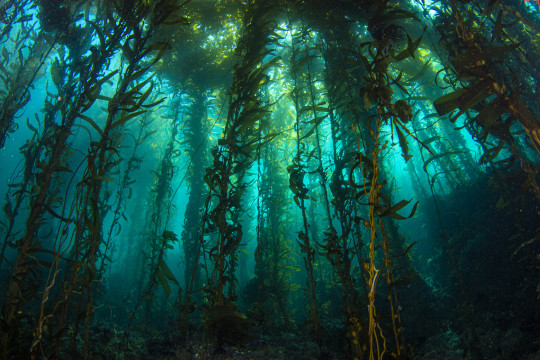
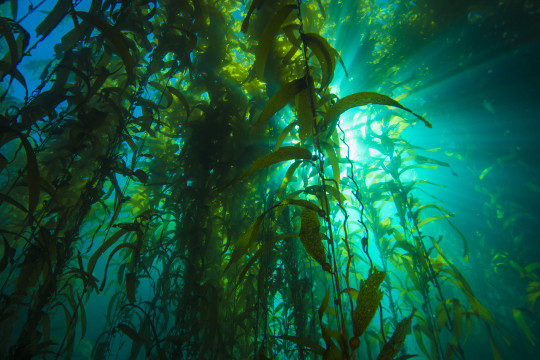
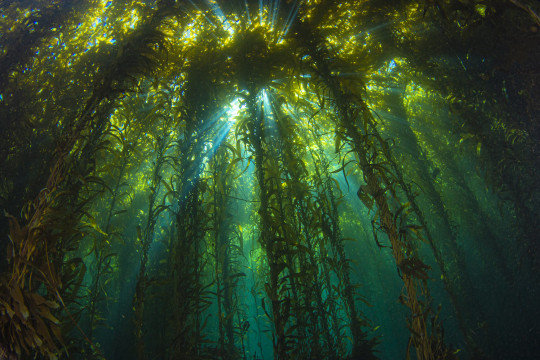
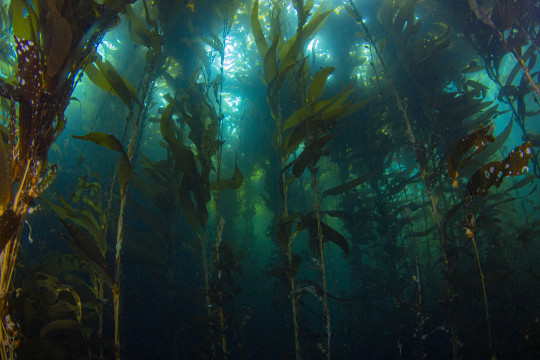


Kelp Forest by divindk
#kelp#underwater#ocean#nature#naturecore#green#glow#plants#kelp forest#california#light#forest#water#diving#landscape#curators on tumblr#uploads
21K notes
·
View notes
Text


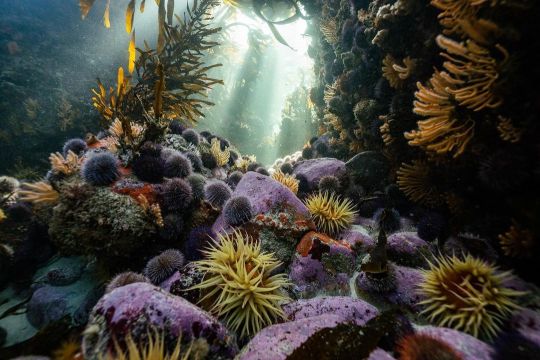
by helen_walne
#underwater#sea life#aesthetic#nature#naturecore#oceancore#kelp forest#watercore#photography#curators on tumblr#up
3K notes
·
View notes
Text

736 notes
·
View notes
Text

#138
#omanyte#pokemon#pokeart#pokemon fanart#pipart#shiny pokemon#who else is in the kelp forest pondering ? lmk
933 notes
·
View notes
Text

locks for fish month :]
#cyaredraws#mermay#mermay2023#arc trooper locks#swtcw#tcw#MERMAID#starwars#can i even tag this as starwars#whatever#swocs#clone oc#kelp#kelp forest
2K notes
·
View notes